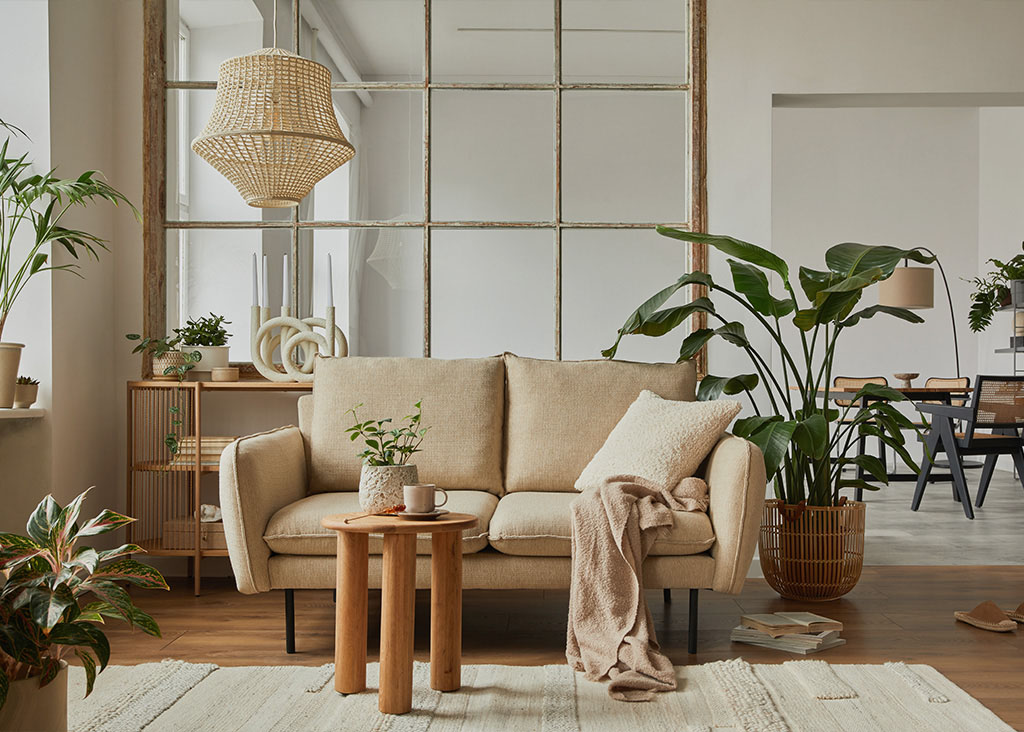
Deliver to
France
 English
English

Are you looking for the care of a specific plant species or for your terrarium? Then you have come to the right place. To get you started, we have put together specific care tips for the terrarium and our plant species. In the guides, we discuss, among other things, the ideal habitat, watering and repotting of the plant.
Scroll down to the letter of your plant and find care tips for your favourite green friend.
Some plants prefer to grow in a place with a lot of shade. While other types of plants like to get as much exposure to the sun as possible. It is therefore good to check whether your plant is positioned in the right place.
There are plants that show by their yellow leaves that they get too much or too little sunlight. Do you doubt this? Move the plant two metres backwards or towards the window and test this out for a while. Does this not help?
The number one cause of death of indoor plants is root rot. Root rot is caused by a surplus of water. This surplus of water ensures that the roots can no longer extract oxygen from the potting compost.
Therefore, regularly stick your finger in the potting soil. Make sure you stick your finger deep enough into the soil.
Often the soil is still quite moist. This means that most plants don't need water yet. Before watering the plant, check the soil moisture level.
Also pay attention to the humidity in your environment! Especially during the winter months, when you are heating up your house, it can be hard work for a indoor plant. Spray indoor plants regularly with a plant mister, especially in winter.
Just like people, your indoor plant needs nutrients. Therefore, do not simply place your plants in the potting soil you happen to have left behind. Use soil or a soil mixture that your plant actually needs.
There are various types of plants that can use extra nutrients during the growing season. Plant nutrition comes in various forms. You can opt for a tablet that provides nutrients for one year. But it is also possible to mix plant nutrition with the watering every couple weeks.
Most plants need to be repotted once a year. Carefully remove your plant from its pot and place it in a larger pot with fresh potting soil.
To encourage a fuller plant, it may also be a good idea to prune and top off your plant.
When you top off a plant, you cut off the top leaves, so that more full leaves grow back. This often is done with herb plants.
The method of taking cuttings from a plant can vary from one plant species to another. So look carefully at what kind of plant you have. Have you never taken a cutting from a plant? Check out our propagation pages.
Just like people, every indoor plant has its own instructions. Get to know your plant! There are plants that prefer to be sprayed with water several times a week, and there are some that like to be as dry as possible.
Tip: If you have just bought a new plant, give it time to adjust to its new environment. It is not unusual for a new plant's leaves to come loose or discolour. It is not easy to settle into a new environment!


How much sunlight does a indoor plant need?
Not all indoor plants need the same amount of sunlight. How do you know what your plant needs? And what kind of light actually enters your house?


Recognize and dissolve root rot immediately
If you water too much, the roots of the plant can no longer extract oxygen from the soil. This will eventually cause the roots to rot. How can you recognize and solve root rot?


Mourning flies: how to get rid of them
Are there small and slow flies flying around your plant pots? Then you are dealing with the persistent phenomenon of mourning flies.